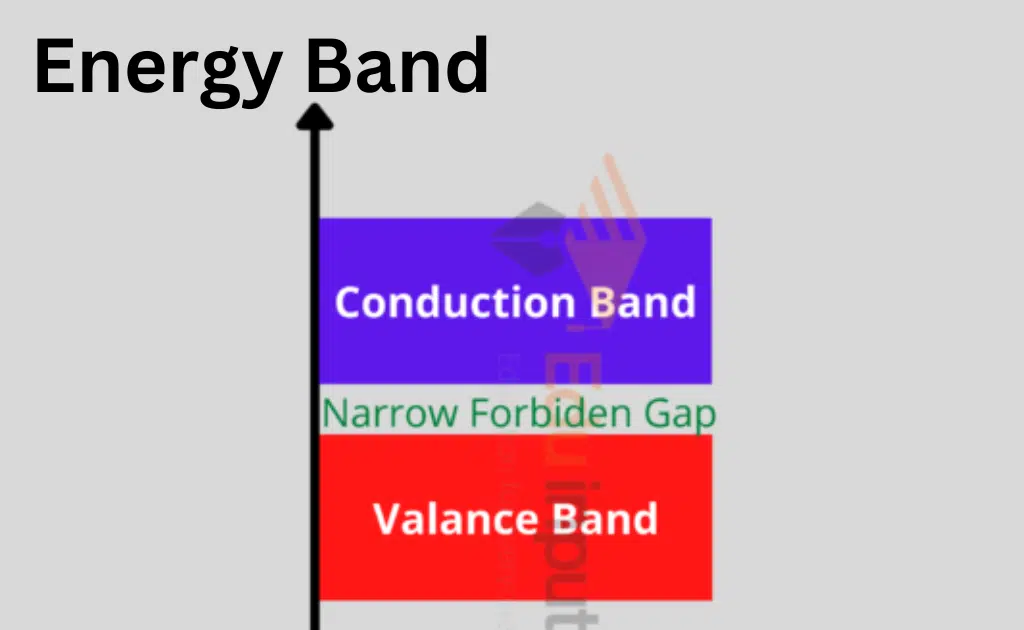Zener Diode Function
The main function of the Zener Diode is to operate in the reverse breakdown region of its voltage-current characteristic curve. When a Zener diode is reverse biased, it allows a small current to flow until the voltage across the diode reaches its Zener voltage, at which point the diode begins to conduct heavily in the reverse direction.
The function of a Zener diode is to regulate voltage. By setting the Zener voltage at a specific value, a Zener diode can be used to maintain a constant voltage across a load, even if the input voltage varies. This makes Zener diodes useful in voltage regulator circuits used in many electronic devices.
For example, suppose you have a circuit that requires a constant voltage of 5 volts, but the input voltage can vary between 7 and 12 volts. By placing a Zener diode with a Zener voltage of 5 volts in parallel with the load, the Zener diode will regulate the voltage to 5 volts, regardless of the input voltage.
If the input voltage exceeds 5 volts, the Zener diode will conduct and absorb the excess voltage. If the input voltage is below 5 volts, the Zener diode will not conduct, and the load will receive the required 5 volts.
In addition to voltage regulation, Zener diodes are also used in overvoltage protection circuits. In these circuits, a Zener diode is placed in parallel with the load, and if the voltage across the load exceeds the Zener voltage, the Zener diode will conduct and limit the voltage to the Zener voltage. This protects the load from overvoltage and prevents damage to the circuit.







Leave a Reply